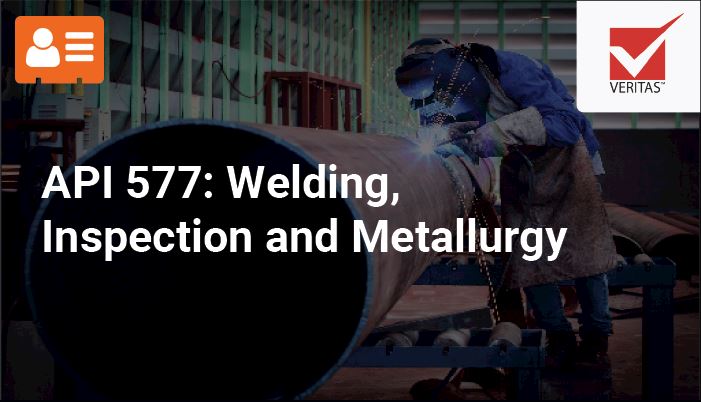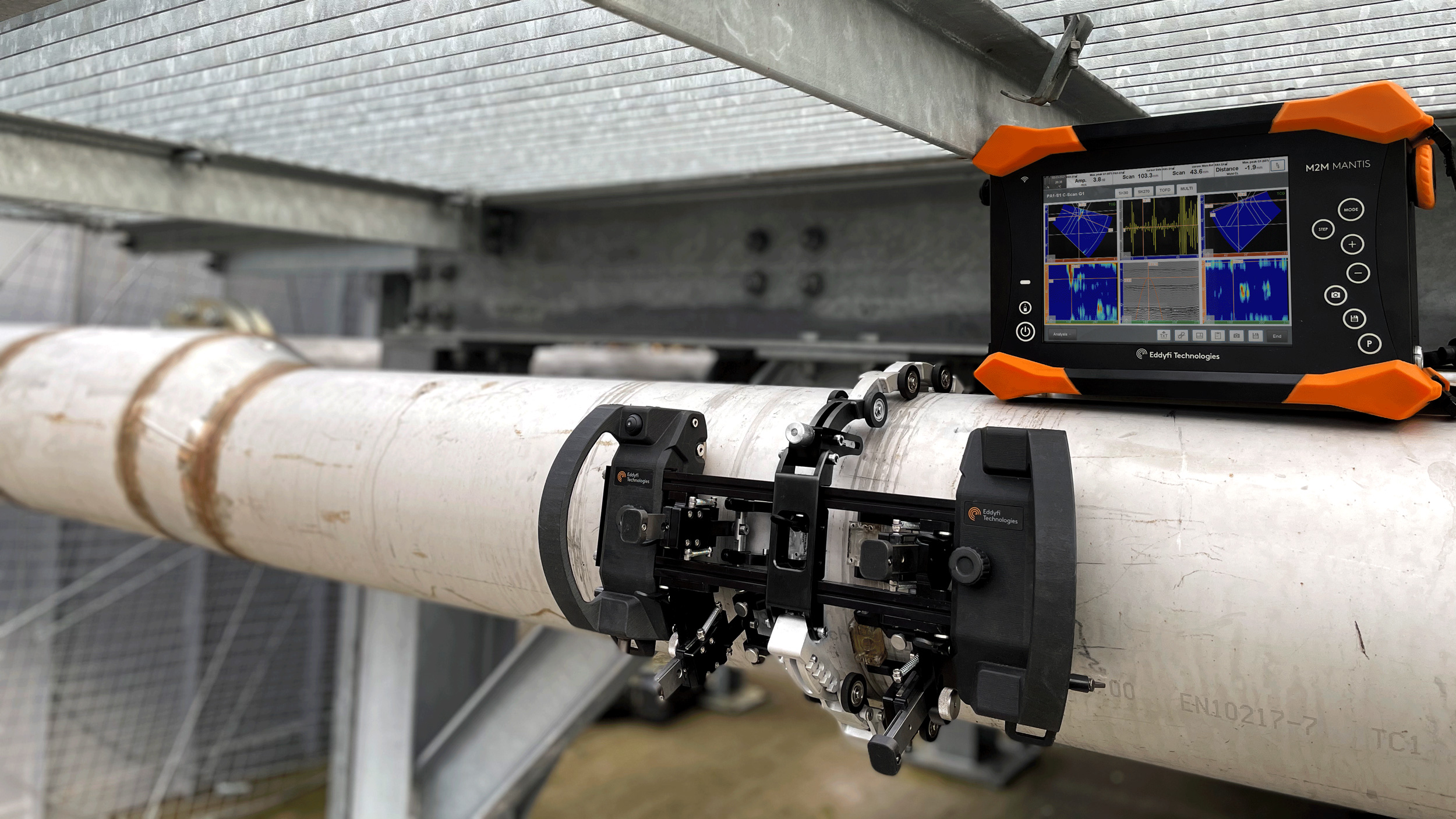Recognizing the Basics of Welding Inspection to Ensure Top Quality and Safety And Security
In the world of modern-day engineering, welding evaluation stands as a cornerstone for ensuring both the top quality and safety and security of structural creations. The procedure includes a careful evaluation of bonded joints, utilizing sophisticated methods such as radiographic and ultrasonic screening to detect concealed imperfections. The know-how of qualified examiners is crucial, as they link the gap between academic requirements and practical application. Their function expands past plain discovery, encompassing the documentation and communication of findings to relevant stakeholders. Yet, what are the subtleties of these examination approaches that make them important for keeping architectural honesty?

Value of Welding Evaluation
In the world of commercial construction, the relevance of welding assessment can not be overemphasized. Welding inspection plays an important role in guaranteeing the stability, safety and security, and long life of bonded frameworks. Given the diverse applications of welding in industries such as construction, automotive, aerospace, and shipbuilding, the need for strict high quality control procedures is vital. Correct assessment makes certain that welds fulfill defined criteria and codes, which is crucial for preventing structural failures that could cause disastrous repercussions.
The process of welding inherently entails intricate variables, including temperature, material buildings, and ecological conditions, all of which can affect the high quality of the weld. A complete assessment determines defects such as cracks, porosity, and insufficient combination, which can endanger the stamina and integrity of the weld. By finding these problems early, corrective activities can be taken, thus reducing the threat of failure and linked expenses.
Additionally, welding examination contributes to governing compliance, as many sectors are regulated by strict security standards and standards. Failure to stick to these regulations can lead to lawful obligations and financial charges. Inevitably, welding assessment not only safeguards physical frameworks but additionally upholds and secures human lives sector reputations.

Key Welding Assessment Methods
Although welding inspection is critical to making sure the high quality and security of welded structures, it is the details methods utilized that determine the efficiency of the inspection process. Secret welding examination approaches can be extensively classified right into non-destructive testing (NDT) and harmful testing. Non-destructive testing approaches such as visual assessment, ultrasonic screening, radiographic testing, magnetic bit screening, and liquid penetrant screening are primarily used to evaluate the homes of a weld without triggering damage. Visual assessment is commonly the primary step, entailing a detailed exam of the weld's surface area for flaws like fractures or porosity.
Magnetic bit testing and fluid penetrant screening are surface area examination techniques made use of to locate surface and near-surface flaws. These thorough assessment techniques guarantee that welds satisfy industry criteria and security requirements, thereby ensuring structural honesty and performance.
Duty of Qualified Assessors
Licensed assessors play a crucial duty in the welding evaluation procedure, making certain that all welds abide by stringent industry criteria and safety laws. Their know-how is necessary in identifying defects or irregularities that may jeopardize the architectural integrity of a weld. By diligently examining each weld, certified examiners aid stop possible failures that might cause costly repair services or unsafe accidents.
To become licensed, assessors must go through strenuous training and testing, which acquaints them with different welding methods, materials, and testing methods. This detailed expertise enables them to review weld top quality successfully and make educated judgments about their safety and reliability. Certified examiners are competent in interpreting plans and specifications, making sure that the welding work lines up with the task's style needs.
An indispensable part of their function is to document their findings extensively, offering a thorough record of the assessment process. This paperwork is crucial for traceability and responsibility, acting as an official document of conformity with market criteria. Certified assessors also play a crucial duty in assisting in interaction between job stakeholders, offering recommendations and insights to enhance welding techniques and results. Their payment is crucial in preserving high degrees of top quality and safety in welding procedures.

Tools Utilized in Welding Evaluation
Welding inspectors depend on a range of specialized tools to perform their tasks successfully, making sure each weld satisfies the required requirements. Among these tools, visual inspection aids like multiplying glasses and mirrors are basic, permitting assessors to closely examine welds for surface area issues such as splits, porosity, and undercut. Calipers and fillet weld assesses are necessary for determining weld dimensions to verify conformity with style specs.
Advanced devices prolong beyond aesthetic aids, consisting of non-destructive screening (NDT) equipment. Ultrasonic testing tools are crucial in identifying subsurface problems, utilizing acoustic waves to expose internal gaps without compromising the weld's honesty. Likewise, radiographic testing uses X-rays or gamma rays to catch photos of a weld's inside, highlighting prospective flaws.
Magnetic bit screening is one more critical tool, specifically for spotting surface area and near-surface discontinuities in ferromagnetic materials. By using magnetic fields and ferrous bits, examiners can recognize flaws that may or else be invisible.
Dye penetrant evaluation is usually used for non-ferrous materials, supplying a contrast-enhanced aesthetic look for surface-breaking problems. Welding Inspection Madison. Together, these devices make it possible for welding inspectors to comprehensively evaluate weld top quality, making certain safety and dependability in different applications throughout sectors
Ensuring Structural Stability

Welding procedures have to comply with established criteria and codes, such as those specified by the American Welding Culture (AWS) or Find Out More the International Company for Standardization (ISO) These guidelines make certain that the welds can stand up to ecological factors and functional tensions. Certified and accredited welders play an important role in this procedure, as their know-how guarantees that strategies are applied appropriately, reducing issues such as fractures, porosity, and insufficient fusion.
Post-weld examination is one more essential element of validating structural honesty. Non-destructive testing (NDT) techniques, consisting of ultrasonic testing and radiographic testing, are used to spot subsurface imperfections without compromising the welded framework. These inspections verify that the welds fulfill the required high quality criteria, offering guarantee of their resilience and dependability. Inevitably, ensuring structural honesty in welding not just safeguards human lives but additionally protects investments and improves the long life of engineered structures.
Final Thought
The fundamentals of welding inspection are essential for keeping the high quality and safety of welded structures. The usage of specialized devices additionally enhances the examination procedure, ultimately protecting human lives and lengthening the lifespan of bonded building and constructions.
Welding examination plays an essential role in ensuring the integrity, safety and security, top article and durability of bonded structures.Although welding examination is vital to ensuring the high quality and safety and security of welded structures, it is the details methods utilized that establish the effectiveness of the evaluation procedure. Trick welding evaluation techniques can be generally classified into non-destructive testing (NDT) and harmful screening.Certified inspectors play a critical duty in the welding examination process, guaranteeing that all welds conform with rigorous sector standards and safety guidelines.The principles of welding examination are important for preserving the high quality and security of bonded frameworks.